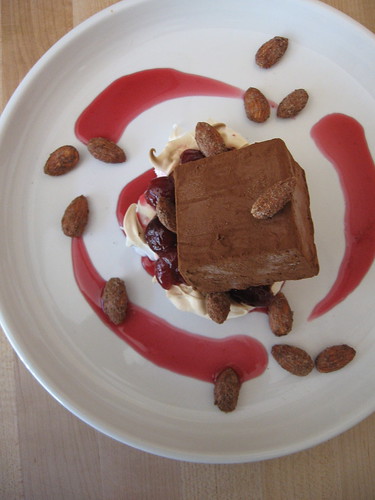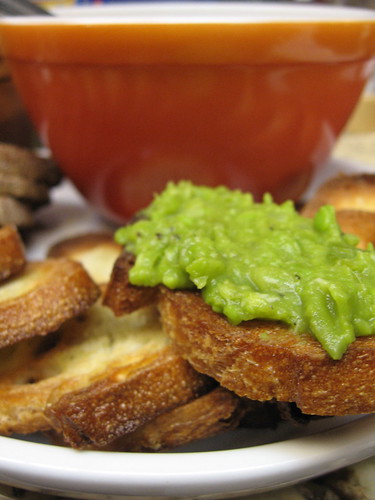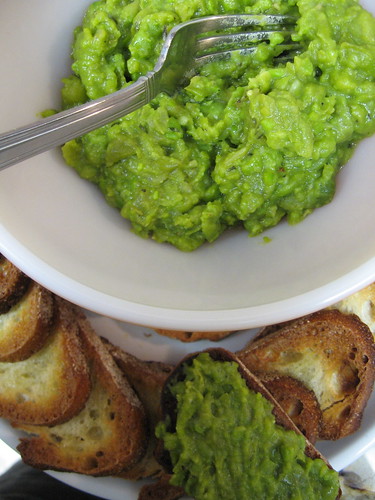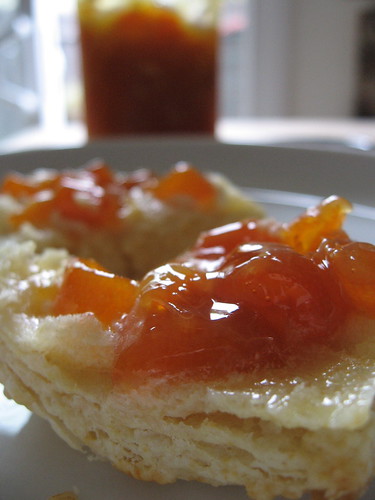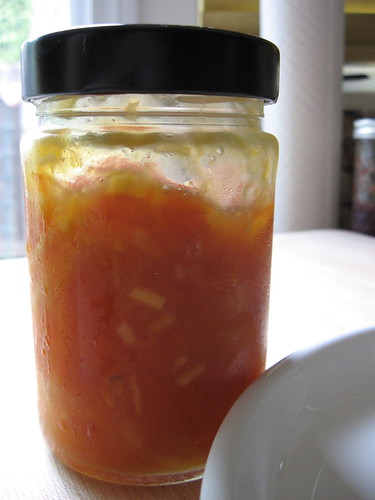However, I felt a little bit lost this weekend when I discovered that my always-precarious internet connection had gone down. Three long days later my computer has revived enough to share a few pictures with you. I'm already late with this post, though, so the recipe will have to wait until tomorrow.

The May 2011 Daring Bakers’ challenge was hosted by Emma of CookCraftGrow and Jenny of Purple House Dirt. They chose to challenge everyone to make a Chocolate Marquise. The inspiration for this recipe comes from a dessert they prepared at a restaurant in Seattle.
I used the marquise and (an adapted recipe for) meringue from the challenge, baking the meringues into nests since I was without a blowtorch. I then filled the nests with spiced candied cherries and topped it off with a handful of sweet and crunchy cinnamon almonds.
While the cherries and almonds alone would have made me happy enough (and they did, as I picked at the cherries cooling in their syrup and crunched on the almonds all morning), the marquise is what really makes this dessert. Similar to a mousse, the mixture is made from copious quantities of eggs, whipped until
The frozen block is finally turned out onto a cutting board and cut into 9 cubes. However, even with the rounded edges from my pan trimmed away, this made a large, rich dessert; I could have easily made 12 or perhaps even 16 smaller portions. The cubes are coated with cocoa powder, arranged on their plates, and allowed to thaw. When ready to eat, you have an architectural masterpiece—soft, fluffy, rich mouthfuls of chocolate in an incongruously severe shape. The bitter chocolate flavor paired ideally with the sweet meringue, almost-tart cherries and crunchy almonds.
I'm usually one for simple desserts: tarts or rustic cakes, a single scoop of ice cream or sorbet. However, every once in a while I like to be pushed to do something a little bit more complicated. This dessert fit the bill, and the best part? With two people in the house, I have 7 more servings of marquise in the freezer, ready to impress after a roll in cocoa powder and a fifteen minute thaw.
